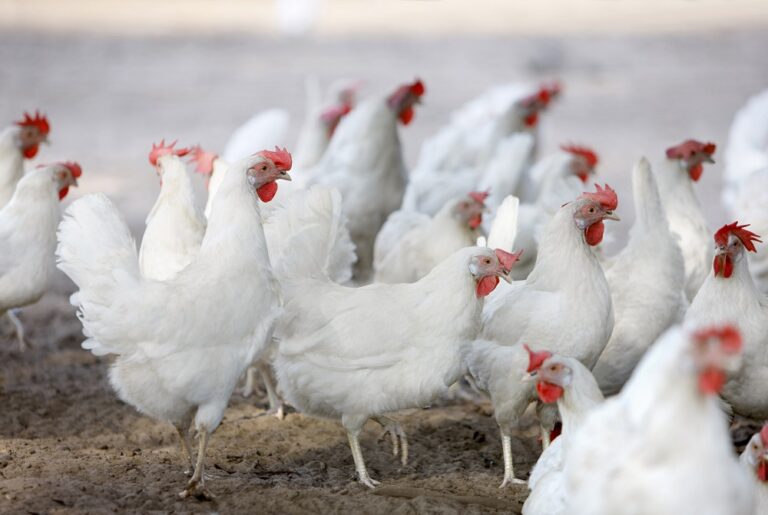Predicting outcomes with digital tools can help poultry producers to maintain and improve performance.
“We see increasing pressures in both broiler and layer businesses,” says Cargill’s poultry technical manager Daniel Palcu. “Fluctuating input costs, especially feed raw materials, and meeting consumer and industry assurances are just some of the pressures producers face daily. If producers can predict the outcome of changes and look at different options, they are better able to protect profitability.
“It’s important that producers investigate the impact of production factors beyond nutrition in making the best business decisions. Nutrition combined with management variables such a stocking density, downtime, slaughter age and body weight will all contribute to profitability and there’s a value in predicting how these will best work together.”
He encourages broiler and egg producers to take advantage of more comprehensive simulation and dynamic prediction tools now available. These can take a wide range of factors into account, including the farm’s own data and parameters, and provide performance predictions.
“Isolating and addressing one component will not give the best overall solution,” he adds. “More factors should be considered – like feed costs, ration information, particularly lysine and energy levels, feed efficiency and ration density. There are also performance targets such as average daily gain and cycles per year that are taken into account.”
He also highlights the volume of data collected on farm that can be used in predictions. “Producers struggle to take full advantage of information they have at their fingertips – much of it can be used to enhance the predictions and turned into valuable decision-making data.”
Balancing act
Simulation and dynamic prediction software will balance and optimise key parameters, measuring the impact of trade-offs and presenting different scenarios, so producers can gauge which route suits them best,” he adds.
“It needs the ability to react to changes in prices or requirements and re-balance quickly. If suddenly a raw material price goes through the roof, we need to know how best to adjust the ration, or if there are changes on the egg and meat prices, the program needs to provide alternatives that will achieve a quick response time for the management team to bring performance and financial targets back on track.”
Palcu has seen these systems work successfully, either through the feed mill on behalf of producers or directly on farm. A good system – and he cites Cargill’s dynamic prediction software for broilers and advanced simulation software for layers as examples – must have an in-built robust nutritional system and a wide knowledge of nutrients and their composition combined with the right set of equations for accurate predictions.
This broiler software system is based on a large set of equations representing body weight, feed intake, feed conversion ratio, mortality curves set against variable bird age and feeding phases. “It gives highly accurate predictions,” adds Palcu. “The software can compare these with the unit’s parameters and performance data that are inputted and updated to optimize the unit’s performance and produce bespoke recommendations.
“We’ve seen an average increase in margin of 3.5% where the broiler production system TechBro Flex and simulation software for layers, TechLay Flex, have been used in Cargill studies and in the field.
“This has been mainly from optimising production costs in combination with feeding programs. The financial advantage will vary depending on the unit’s potential and the degree to which the feeding and management scenarios are implemented.
“But by being able to calculate the effect of changing variables on performance of the birds – layers or broilers – and calculate the related margin impact, producers can keep better control of their business.”
Improving performance by comparing options and progressing with sound evidence will help poultry producers maintain and improve efficiency and productivity while meeting the criteria required by modern day consumers.


